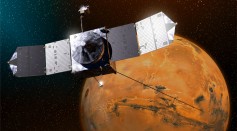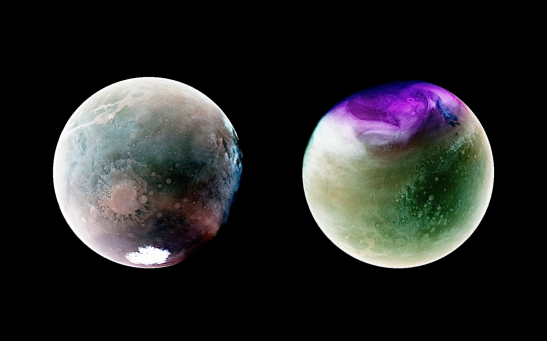MAVEN

MAVEN Mars Orbiter Pauses Operation Due to Motion Glitch; Repairs Expected to Finish By End of May
Dust Storms on Mars: Scientists Believe These are the Reasons for the Heating of Atmosphere on the Red Planet

Mars is Continually Losing Its Water Due to Dust Storms, Heat – NASA
MAVEN Spots Existence of Multiple Metals on Mars
Metal On Mars: NASA's Maven Discovers Metal in Mars' Atmosphere
NASA's MAVEN Reveals How Mars Became Dead Planet
NASA Avoids Major Disaster, Prevents Collision Of Mars Orbiting Maven And Phobos
NASA's MAVEN Avoids Collision With Mars' Moon Phobos
NASA Orbiter Detects Ultraviolet Auroras on Mars
Watch: NASA Moves Martian Orbiters to Avoid Comet Siding Spring
Most Popular

How Technology Is Changing the Real Estate Industry?

Nikolay Karpenko Biography, Photo, Career, Accomplishments

How a Plant-Based Diet Can Protect Against Breast Cancer: Insights from Nutrition Research

The Role of AI in the Next Generation of Logistics: Insights from Tobias Waldhecker






